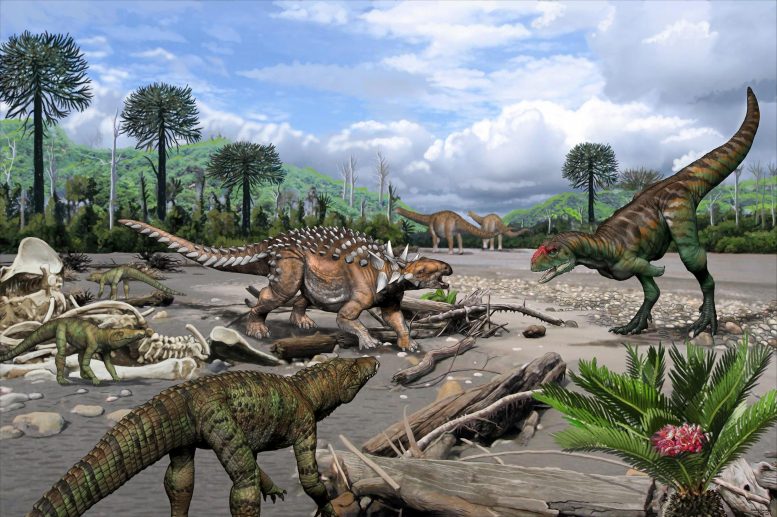
Paleoambiental reconstruction of the Upper Cretaceous faunal association at Cerro Fortaleza including a nodosaurid ankylosaur and several notosuchian peirosaurids. Credit: Illustration by paleoartist Jorge González
Remains include the first armored dinosaurs and land-dwelling crocs from the region.
Where skeletons are rare, isolated teeth can flesh out our understanding of ancient reptile-dominated ecosystems, according to a study published September 8, 2021 in the open-access journal PLOS ONE by Ariana Paulina-Carabajal of INIBIOMA (Instituto de Investigaciones en Biodiversidad y Medioambiente) and CONICET (Consejo Nacional de Investigaciones Científicas y Técnicas), Argentina, and colleagues.
South America hosts some of the world’s most important fossil sites for understanding the history of dinosaurs and other Mesozoic reptiles. However, the Late Cretaceous Cerro Fortaleza locality in Santa Cruz, Argentina is surprisingly sparse. Though other nearby sites preserve diverse reptile assemblages, skeletal remains at the Cerro Fortaleza locality are limited almost entirely to one type of dinosaur: the giant sauropod Dreadnoughtus. In this study, researchers expand the known reptile diversity at this site using teeth.
In December 2016, fossil excavations at Cerro Fortaleza recovered 13 teeth and 9 tiny osteoderms (armor-like skin bones) representing a variety of ancient reptiles. Identification of these remains confirmed the presence of at least three types of dinosaurs: carnivorous abelisaurs, armored ankylosaurs, and long-necked titanosaurs. However, most of the teeth were identified as belonging to a group of land-dwelling cousins of crocodiles known as peirosaurs. Though these scant fossils don’t allow precise species to be identified, they indicate a much greater diversity of reptiles at this site than was previously recognized.
These remains include some significant insights into the geographic ranges of certain animals. The presence of ankylosaurs (armored dinosaurs) at this site marks a geographic link between records of these dinosaurs from farther north in Patagonia and from farther south in Antarctica. And the peirosaurs (croc-cousins) at this site represent the southern-most record of this group. This study demonstrates the usefulness of small fossil remains like teeth in fleshing out our understanding of ancient environments and dispersal patterns at fossil sites where skeletal remains are rare.
The authors add: “Sometimes the skeletons do not appear. Thus, the diversity of dinosaurs and crocodiles for this area is revealed by tiny fossils, such as teeth and dermal ossicles. These findings reveal a faunal association that has not been previously found. Particularly the records of ankylosaur dinosaurs and peirosaurid notosuchians are among the most austral so far, for South America.”
Reference: “A Late Cretaceous dinosaur and crocodyliform faunal association–based on isolate teeth and osteoderms–at Cerro Fortaleza Formation (Campanian-Maastrichtian) type locality, Santa Cruz, Argentina” by Ariana Paulina-Carabajal, Francisco T. Barrios, Ariel H. Méndez, Ignacio A. Cerda and Yuong-Nam Lee, 8 September 2021, PLoS ONE.
DOI: 10.1371/journal.pone.0256233
Funding: Funding for this project was provided by Agencia Nacional de Promoción Científica y Tecnológica PICT 2015-0920 to AHM, and the National Science Foundation of Korea (NRF) grant funded by the Korean government (MEST) number 2019R1A6A1A10073437 to YNL.

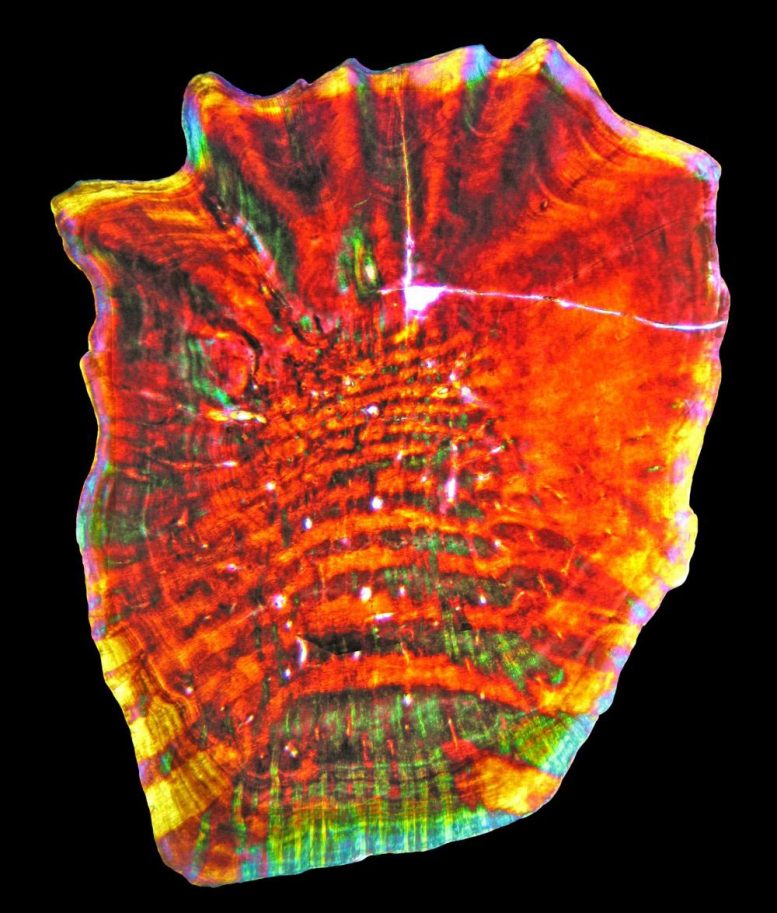



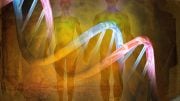
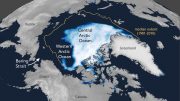
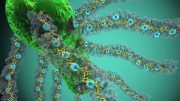

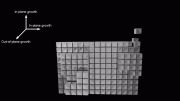
Mesoeucrocodylia found in Antarctica I have known about it allso in Alaska but was not clear what type of thecodont but it did sound like mesoeucrocodylia .thecodont means crocodilian teeth a animal like proterosuchus gator t.rex pterosaur dinosauriformies . true crocodilian is mesoeucrocodylia a animal like gator spinosaurus the death roll dinosaur these animal can do a death roll they have feature design for it .these dinosaur have the most advance dinosaur feature that why they are alive today .I use artic canada island were they found alligator fossil .allso known gator surviving frozen pond long time ago before it become popular on YouTube I know story was a joke dinosaur survive artic cold subtropical Alaska and very dark place long night .even thou gator found in North Carolina and other cold state were it snow frozen pond all the time and one dwarf caiman is found in the mountain and Chinese gator came from American gator they both have fuse nose .caiman lack fuse nose caiman is a alligator.the keep using this dumb story and dinosaur some sort of unique reptile that close to bird and it’s warm blooded and very advance and more advance than modern crocodilian .and found all these feature in modern crocodilian and will not cal them dinosaur because of corruption .no dinosaur have the advance weaponry as modern crocodilian .modern crocodilian one of greatest predator ever live have more in common with mammal like a cat they are true superior dinosaur. Gator has cat eyes most modern crocodilian hunt at night because likely it is warm blooded.modern crocodilian feature is not of cold blooded animal.by looking at Nile crocodile nose you can see it.
Dinosaurs and man walked together as according to the bible and the reason we have so many fossils scattered around the whole world is cause if The Flood that God sent as judgement upon the earth cause wickedness filled it up. Only ones who were saved were Noah and his family on the ark about 4,000 years ago.